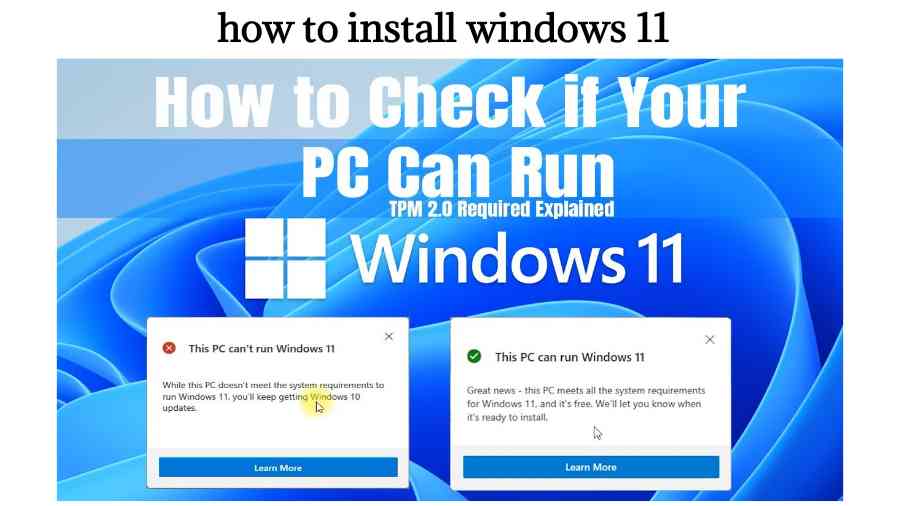

They also need to have drivers based on the new Windows Drivers model earlier this year, Microsoft announced that drivers for what was then called Windows 10X would need to be certified through the Windows Hardware Compatibility Program and be componentised, written for isolation and use an approved subset of Windows APIs, to make them more stable and easier to update. Now they’ll be on by default for all PCs, not just specially selected devices.
#WINDOWS 11 REQUIREMENTS CODE#
To run Windows 11, CPUs need to have the hardware virtualisation features to enable virtual secure mode for Virtualisation-Based Security and the Hypervisor-Protected Code Integrity that underlies a range of protections that Microsoft has been building since Windows 8, like Application Guard, Control Flow Guard, Credential Guard, Device Guard and System Guard.
#WINDOWS 11 REQUIREMENTS UPGRADE#
Admins expecting to upgrade to a new version of Windows Server may want to take this as an opportunity to audit their server hardware, because TPMs have been recommended since Windows Server 2016 and will be required for Windows Server 2022, but aren’t always present. In fact, the reaction to the Windows 11 requirements suggest that many PCs have TPMs that haven’t been enabled, so even a protection mandated five years ago may not be in place. “Without a TPM, you’re not going to have segmentation, which is what we want”. While the official documentation suggests that a TPM is optional for some of those features, “to be honest, I would not recommend it being optional,” David Weston, partner director of enterprise and OS security at Microsoft, told TechRepublic. Microsoft’s David Weston: “We really want to focus not on building new security tech, but in turning on the security tech we have, which I think is already pretty substantial.” Although it’s usually just thought of as storage for BitLocker (and the Device Encryption equivalent on Windows Home) keys, the Trusted Platform Module services a wide range of Windows security features: storing other keys and the PINs for Windows Hello biometrics and Credential Guard blocking brute-force dictionary attacks so that even shorter PINs and passwords are more secure powering virtual smart cards acting as the hardware root of trust for secure boot and measured boot attesting to PC health after boot with Windows Defender System Guard and enabling ‘white glove’ and self-service Autopilot deployments.

TPM 2.0 has been a requirement for all new Windows PCs since 28 July 2016 (2018 in China), with the only exceptions being special-purpose commercial systems and custom orders.

The minimum system requirements of 1GHz or faster dual-core processors, 4GB of RAM, and 64GB of storage are what Microsoft Office and Teams already specify. The minimum specification is about getting the right trade-offs between security, reliability, compatibility and performance to deliver a good Windows experience, and many enterprises will be ready for Windows 11. The hardware requirements for Windows 11 have been causing some confusion and controversy. Security is a big part of Windows 11, but so is delivering productivity and a good experience with all the security features turned on. Windows 11: Understanding the system requirements and the security benefits


 0 kommentar(er)
0 kommentar(er)
